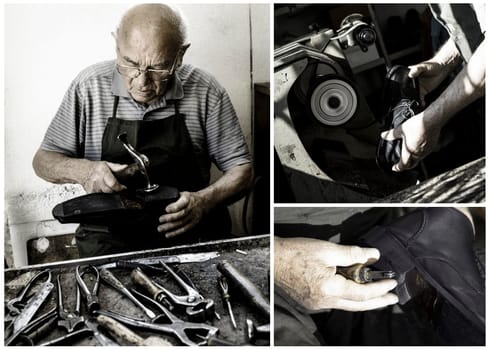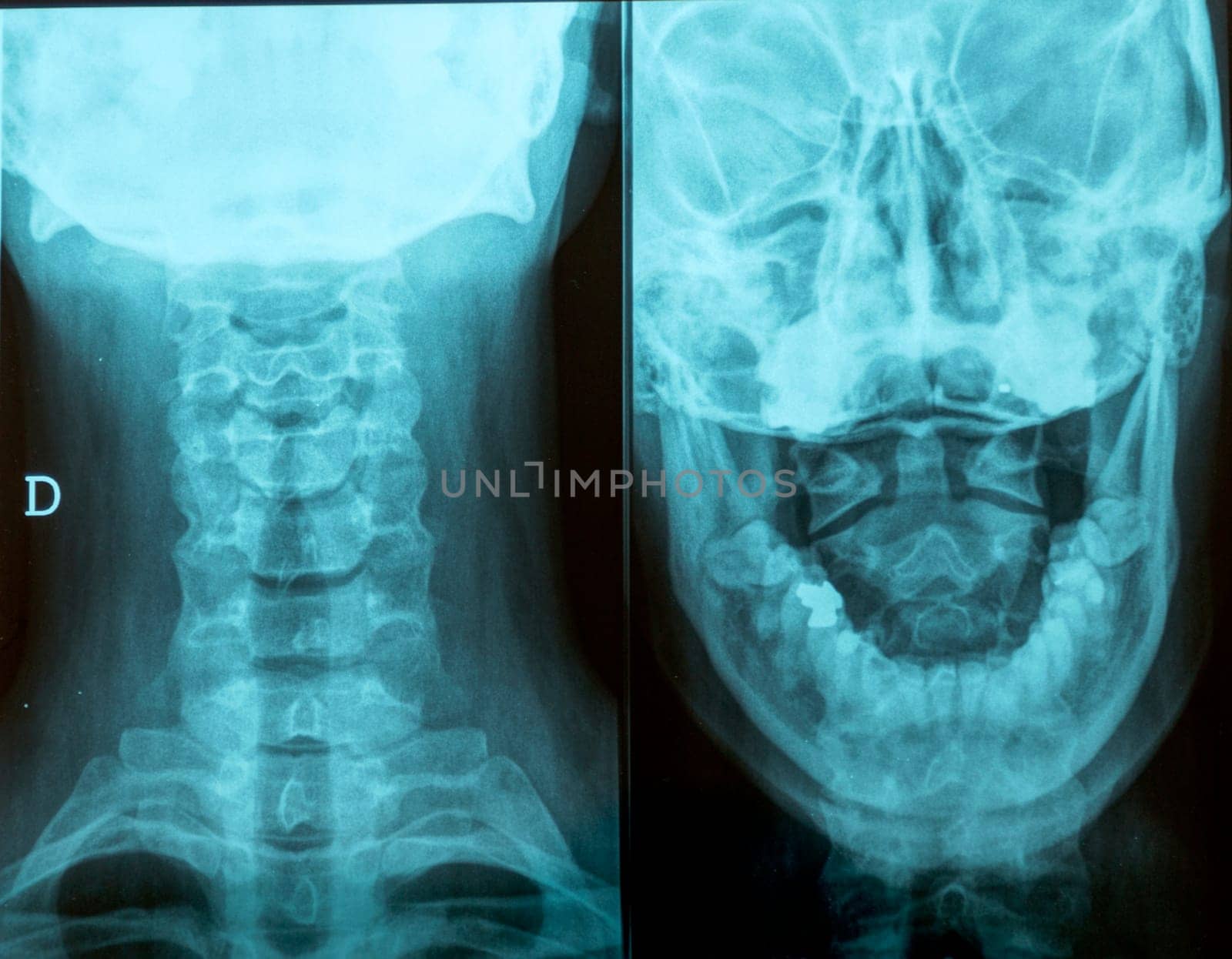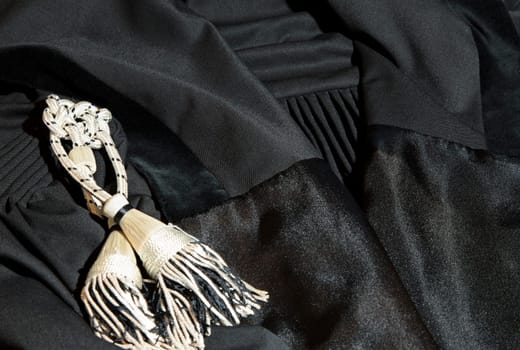- Filter By:
-
-
Stock photos and images of username:drmglc

Doctor in the hospital
Stock PhotoUsername
drmglcResolution
3908x3745pxDoctor in the hospital


Traditional Business Composition
Stock PhotoUsername
drmglcResolution
6000x4294pxTraditional Business Composition


Shoemaker
Stock PhotoUsername
drmglcResolution
3840x5445pxShoemaker


Shoemaker
Stock PhotoUsername
drmglcResolution
3700x4797pxShoemaker


Jack Russel Puppy
Stock PhotoUsername
drmglcResolution
4667x3111pxJack Russel Puppy


Shoemaker
Stock PhotoUsername
drmglcResolution
4987x3325pxShoemaker


Road map of Bologna
Stock PhotoUsername
drmglcResolution
5760x3840pxRoad map of Bologna


Road map of England
Stock PhotoUsername
drmglcResolution
5760x3840pxRoad map of England


Road map of Bologna
Stock PhotoUsername
drmglcResolution
5760x3840pxRoad map of Bologna


Healthy jar of honey with bakery products
Stock PhotoUsername
drmglcResolution
3618x4644pxHealthy jar of honey with bakery products


Person pours a glass of fresh milk
Stock PhotoUsername
drmglcResolution
5760x3769pxPerson pours a glass of fresh milk


Milk background
Stock PhotoUsername
drmglcResolution
3192x3192pxMilk background


Pouring a healty glass of fresh milk
Stock PhotoUsername
drmglcResolution
5791x3769pxPouring a healty glass of fresh milk


Tomato Background
Stock PhotoUsername
drmglcResolution
5760x3840pxTomato Background


Farmer holding in hands a chick
Stock PhotoUsername
drmglcResolution
5760x3840pxFarmer holding in hands a chick


All over the world in your hand!
Stock PhotoUsername
drmglcResolution
3427x3408pxAll over the world in your hand!


Earth's City Lights
Stock PhotoUsername
drmglcResolution
2458x2458pxEarth's City Lights


United States City Lights
Stock PhotoUsername
drmglcResolution
4245x4245pxUnited States City Lights


Europe City Lights
Stock PhotoUsername
drmglcResolution
3402x3402pxEurope City Lights


Earth's City Lights
Stock PhotoUsername
drmglcResolution
6000x3523pxEarth's City Lights


Astronaut walking on the moon
Stock PhotoUsername
drmglcResolution
2386x4048pxAstronaut walking on the moon


Doctor holding pills against anxiety
Stock PhotoUsername
drmglcResolution
3840x5760pxDoctor holding pills against anxiety


Doctor holding pills against anxiety
Stock PhotoUsername
drmglcResolution
5760x3840pxDoctor holding pills against anxiety


Radiography of the head
Stock PhotoUsername
drmglcResolution
2794x2175pxRadiography of the head


Doctor in clinic sitting at desk looking at x-rays on tablet
Stock PhotoUsername
drmglcResolution
2820x4230pxDoctor in clinic sitting at desk looking at x-rays on tablet


Doctor writing a prescription, on the white background with x-rays
Stock PhotoUsername
drmglcResolution
3840x3840pxDoctor writing a prescription, on the white background with x-rays


Doctor scrubs with stethoscope, thermometer and pens in the pock
Stock PhotoUsername
drmglcResolution
5673x3761pxDoctor scrubs with stethoscope, thermometer and pens in the pock


Doctor's stethoscope isolated on white background.
Stock PhotoUsername
drmglcResolution
5760x3840pxDoctor's stethoscope isolated on white background.


Doctor scrubs with stethoscope, thermometer and pens in the pock
Stock PhotoUsername
drmglcResolution
3840x5760pxDoctor scrubs with stethoscope, thermometer and pens in the pock


Robe Lawyer
Stock PhotoUsername
drmglcResolution
3840x5760pxRobe Lawyer


Robe Lawyer
Stock PhotoUsername
drmglcResolution
5709x3840pxRobe Lawyer


Robe Lawyer with law book
Stock PhotoUsername
drmglcResolution
5760x3840pxRobe Lawyer with law book


Robe Lawyer
Stock PhotoUsername
drmglcResolution
5452x3840pxRobe Lawyer


Robe Lawyer with law book
Stock PhotoUsername
drmglcResolution
3840x5760pxRobe Lawyer with law book


Child abuse victim
Stock PhotoUsername
drmglcResolution
3538x5548pxChild abuse victim


Child abuse victim
Stock PhotoUsername
drmglcResolution
3538x5548pxChild abuse victim


Birthday Party
Stock PhotoUsername
drmglcResolution
5760x3840pxBirthday Party


Child during his birthday party
Stock PhotoUsername
drmglcResolution
5760x3840pxChild during his birthday party


Child during his birthday party
Stock PhotoUsername
drmglcResolution
5760x3840pxChild during his birthday party


Child drinks a glass of fresh milk after playing
Stock PhotoUsername
drmglcResolution
3840x5760pxChild drinks a glass of fresh milk after playing


Glass of fresh milk
Stock PhotoUsername
drmglcResolution
3750x5650pxGlass of fresh milk


Glass of fresh milk
Stock PhotoUsername
drmglcResolution
3840x5760pxGlass of fresh milk


Yellow Gerbera flowers on blue sky background
Stock PhotoUsername
drmglcResolution
5760x3840pxYellow Gerbera flowers on blue sky background


Hand holding a yellow gerbera flower against blue sky
Stock PhotoUsername
drmglcResolution
5760x3840pxHand holding a yellow gerbera flower against blue sky


Child with dreamy eyes facing out the window of a train.
Stock PhotoUsername
drmglcResolution
5760x3840pxChild with dreamy eyes facing out the window of a train.


Linguine with seafood
Stock PhotoUsername
drmglcResolution
5523x3147pxLinguine with seafood


Saint Bernard
Stock PhotoUsername
drmglcResolution
5760x3840pxSaint Bernard


Pescara, Italy 24 May 2013: Italian Penitentiary Police Demostration
Editorial LicenseUsername
drmglcResolution
5760x3840pxPescara, Italy 24 May 2013: Italian Penitentiary Police Demostration


Pescara, Italy 24 May 2013: Italian Penitentiary Police Demostration
Editorial LicenseUsername
drmglcResolution
5760x3840pxPescara, Italy 24 May 2013: Italian Penitentiary Police Demostration


Pescara, Italy 24 May 2013: Italian Penitentiary Police Demostration
Editorial LicenseUsername
drmglcResolution
5760x3840pxPescara, Italy 24 May 2013: Italian Penitentiary Police Demostration

